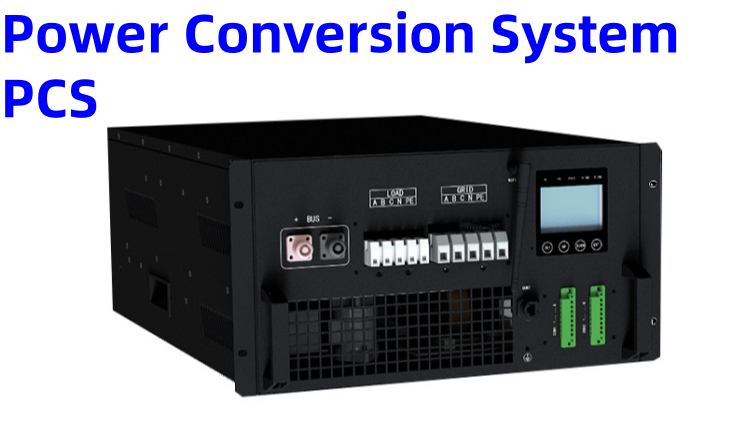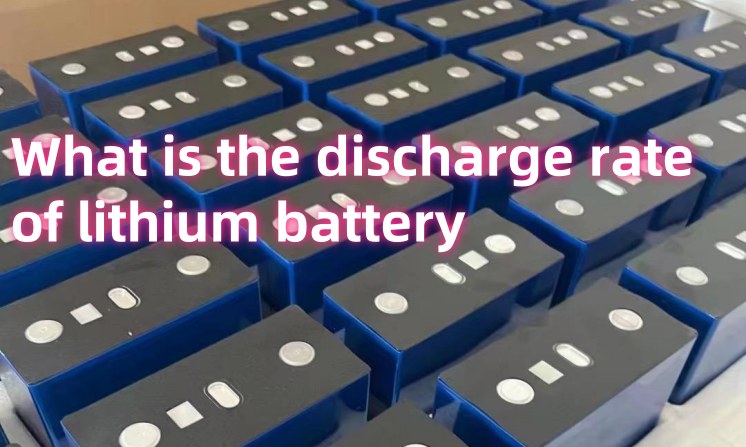What is Power Conversion System(PCS)?
Mar 12, 2025
In modern energy storage systems, in addition to the battery itself, there is another core component that plays a key role - the Power Conversion System (PCS). As a manufacturer focusing on home and commercial energy storage solutions, GreenMore is well aware of the important role of PCS in the overall performance, efficiency and safety of the system.
This article will analyze in detail from a professional perspective: What is an energy storage converter? What role does it play in the energy storage system? As well as the PCS market outlook, GreenMore's modular PCS product features
1. Working Principle of PCS
PCS is a key device in the energy storage system, which is mainly responsible for converting electrical energy from one form to another to meet different application requirements. In the energy storage system, PCS is usually responsible for converting alternating current (AC) in the grid into direct current (DC) to charge the energy storage battery; at the same time, when discharge is required, it converts DC back to AC to supply the grid or users.
The working principle of PCS involves power electronics technology and control strategy. Its core components include rectifier, inverter and control system. The rectifier is responsible for converting AC to DC, while the inverter is responsible for converting DC back to AC. The control system is responsible for monitoring the operating status of the entire system and adjusting the conversion efficiency of electrical energy according to demand.
PCS usually consists of the following core parts:
Inverter module: responsible for converting DC power (from batteries or photovoltaics) into AC power;
Rectifier module: converts AC power into DC power for charging the battery;
Control unit: realize intelligent control of charging and discharging strategies, grid-connected parameters, and protection mechanisms;
Filtering and isolation device: ensure that the output power quality meets the grid standards.
Through the collaborative work of these modules, PCS can flexibly control the charging and discharging behavior of the energy storage system based on factors such as the user's electricity demand, electricity price period, and grid status.
2. Core functions of energy storage converter
Bidirectional energy conversion
Supports efficient charging and discharging of batteries, and enables the free flow of energy between the power grid, photovoltaics, and loads.
Grid-connected and off-grid switching
It operates in grid-connected mode when the power grid is normal, and automatically switches to off-grid mode in the event of a power outage or failure, ensuring continuous power supply to critical loads.
Power Regulation and Frequency Stabilization
It is suitable for industrial and commercial users to participate in grid frequency regulation, peak shaving and valley filling, and improve energy utilization efficiency.
Support multiple operation modes
Such as self-generation and self-use, peak-valley arbitrage, emergency backup, microgrid operation, etc., to meet diverse application scenarios.
3. Application of Energy Storage Converter in Energy Storage System
PCS is widely used in energy storage systems, and its basic functions include the following aspects:
Smooth output: The energy storage system can quickly respond to load changes in the power grid through PCS, smooth out output fluctuations of renewable energy power generation, and improve the stability of the power system.
Peak reduction: During peak electricity consumption, the energy storage system discharges through the PCS to reduce the power supply pressure of the power grid and avoid overload of the power grid.
Frequency and phase modulation: Energy storage inverters can adjust the frequency and phase of electric energy in real time, improve the quality of electric energy, and meet the power supply needs of sensitive loads.
Energy management: PCS works with energy storage batteries to store and release electrical energy and optimize energy efficiency.
4. Outlook of the Energy Storage Converter Market
With the transformation of the global energy structure and the large-scale development of renewable energy, energy storage technology, as a key means to support the grid connection of renewable energy and improve the stability of the power system, is welcoming huge development opportunities. As the core equipment of the energy storage system, the energy storage inverter has a very broad market prospect.
First, policy-driven development will promote the development of the energy storage inverter market. Many countries and regions have introduced policies to encourage and support the research and development and application of energy storage technology, which will provide huge demand space for the energy storage inverter market.
Secondly, technological progress will promote the performance improvement and cost reduction of energy storage converters. With the continuous advancement of power electronics technology, the conversion efficiency of energy storage converters will be further improved and the cost will be gradually reduced, which will be conducive to the promotion and application of energy storage converters on a larger scale.
Finally, the development of new energy vehicles and distributed energy will bring new growth points to the energy storage inverter market. The popularity of new energy vehicles will drive the application of energy storage inverters in the field of on-board energy storage; while the development of distributed energy will promote the application of energy storage inverters in microgrids, smart homes and other fields.
In summary, as the core equipment of energy storage system, energy storage inverter has broad application prospects in the fields of renewable energy and smart grid. With the advancement of technology and policy support, the energy storage inverter market will usher in a broader development space.
5. GreenMore Modular PCS (60KW/100KW/125KW)
The modular design makes PCS more flexible and adaptable, and makes installation and maintenance more convenient. It also improves the scalability of the product and can be customized according to the needs of different users and the actual situation of the power system. The three-level topology structure, high power density, and maximum efficiency of 99.0% enhance the stability and reliability of the system, reduce losses, and improve overall efficiency.
The modular PCS has built-in advanced digital control technology, which optimizes the control function and makes it suitable for various battery charging and discharging conditions. It can balance the grid load, improve energy efficiency, and help achieve zero-carbon goals. Three-phase four-wire 100% unbalanced load capacity, strong anti-impact load capacity.
Features:
Supports multiple battery types, has complete protection functions, and is highly adaptable to the environment
DC wide input voltage range design
Integrate local EMS functions, real-time monitoring, and safe and secure
Three-phase four-wire 100% unbalanced load capacity, strong anti-impact load capacity
Intelligent DSP digital control, higher data processing accuracy and faster speed
Modular design, plug and play, more convenient installation and maintenance, support for expansion
Adopting three-level topology, high power density, maximum efficiency up to 99.0%, better power quality
Accept grid dispatching to carry out active and reactive power compensation
Support anti-backflow function (optional)
Can achieve seamless switching between on-grid and off-grid (optional)
If you need PCS selection advice or PV storage system design, please visit GreenMore’s official website www.gmsolarkit.com to contact our technical team.




 Network Supported
Network Supported